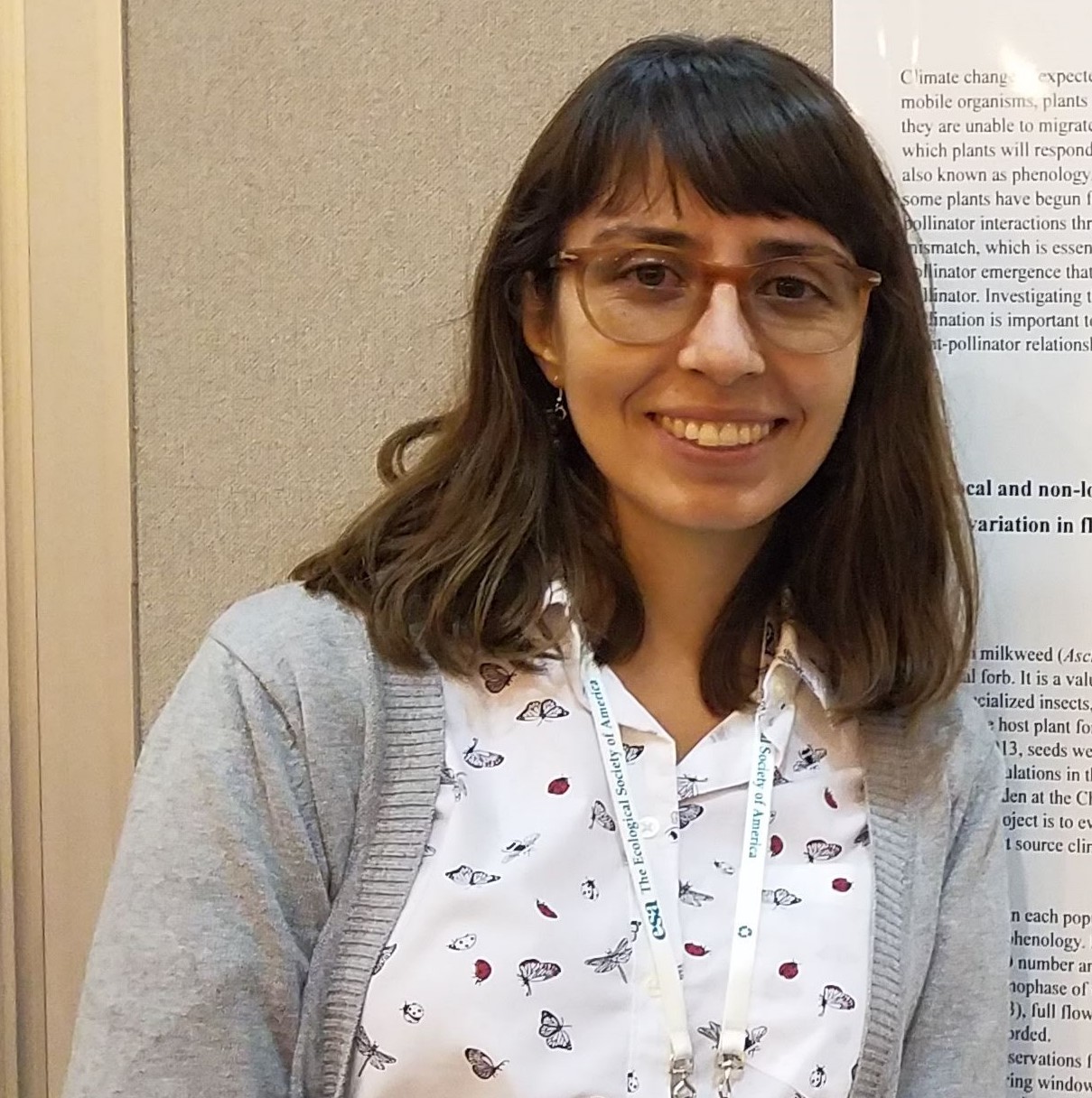Solicita ahora para formar parte de nuestra próxima grupo de Becados en Ciencia científicos comunitarios y líderes comunitarios.

Photo by Garrison Gao courtesy of Pexels
This project proposes to actively work on preventing and eradicating the spread of the invasive spotted lanternfly by developing scalable plans that engage and depend upon the community. The spotted lanternfly poses a significant threat to the agriculture and lumber industries on the East Coast of the United States, as well as local ecosystems. Public involvement and participation are key to stop the spread of the spotted lanternfly further west in the continental United States.
The State of Delaware is approximately 1,982 square miles with a population of 1 million people. It is divided into three counties: New Castle, Kent, and Sussex. Delaware is home to the Port of Wilmington, a 308-acre full-service port that has an annual import/export cargo of more than 6 tons through approximately 400 vessels. Interstate 95 also runs through New Castle County. These features make Delaware a focal point where the spotted lanternfly can easily “hitch-hike” for long distances in or out of the state, or even out of the country.
The University of Delaware’s Cooperative Extension, the Delaware Department of Agriculture, and the U.S. Department of Agriculture have issued various guidelines and/or quarantine restrictions dealing with the spotted lanternfly. However, residents of Delaware are generally unaware of steps they can take to prevent the spread of this insect. Because Delaware’s agricultural industry can be impacted by the spread of the spotted lanternfly, the State has both an economic and environmental incentive to prevent its spread. Currently, there are no guidelines or protocols that address the steps that residents can take to eradicate the spotted lanternfly.
Concerned citizens of Delaware seek scientific help to develop and implement an invasive insect prevention program to target the spotted lanternfly. This program relies upon public awareness and education about the spotted lanternfly at all stages of the insect’s development. This project will engage the community and public awareness through several targeted demographics as an important element of the project’s outreach component.
Although Delaware and surrounding states have issued spotted lanternfly quarantine orders, many residents are unaware of the role they can play in preventing the spread of this insect. Unlike other insect species, there are very few pest control methods that specifically target the spotted lanternfly. The public is unaware of preventative measures that can be taken such as removing these insects from their vehicles (as they “hitch-hike” to new locations), removing the spotted lanternfly host tree Ailanthus altissima, also known as the “tree of heaven”, and eradicating the egg masses of this insect by scraping them off surfaces and applying rubbing alcohol to kill the eggs so they don’t return the following spring. Because these measures are generally unknown to the public, the spotted lanternfly continues to proliferate without any known predators in the continental United States.
Without broader community awareness, the public is unlikely to be successful at preventing further spread of the spotted lanternfly. The project involves:
This project is estimated to take approximately 16 months to complete. A web developer has been identified, as well as a documentary filmmaker and editor. The project can start when the scientist is available.
Hitos clave:
Catherine Damavandi serves on the Coordinating Council of the Green Party of Delaware. She will serve as the primary point of contact.

Imeña Valdes earned her B.S in Biology and a Certificate in Agroecology from Florida International University and is currently a graduate student at Northwestern University and the Chicago Botanic Garden. Her graduate research focuses on pollinator preference between native and cultivated native plants.
We are looking for two scientists to work on (1) compiling information about the spotted lanternfly and (2) help create social media content to bring this information to the general public with a focus on the residents of Delaware. The time commitment for this project can range from 5-15 hours per month. This includes time for research, content creation, and meetings with the team 1-2 times per month or as needed. The scientists can be remote but local to the community would be an advantage.
Literature Reviewer
Content Creator
Thriving Earth Exchange pide a todos los socios científicos que trabajen con la comunidad para ayudar a definir un proyecto con impacto local concreto al que puedan contribuir como voluntarios y colaboradores pro-bono. Este trabajo también puede posicionar a los científicos y las comunidades para buscar financiación adicional, juntos, para la siguiente fase.
¿Le interesa trabajar como científico voluntario? ¡Inscríbete ya!
(c) 2024 Thriving Earth Exchange